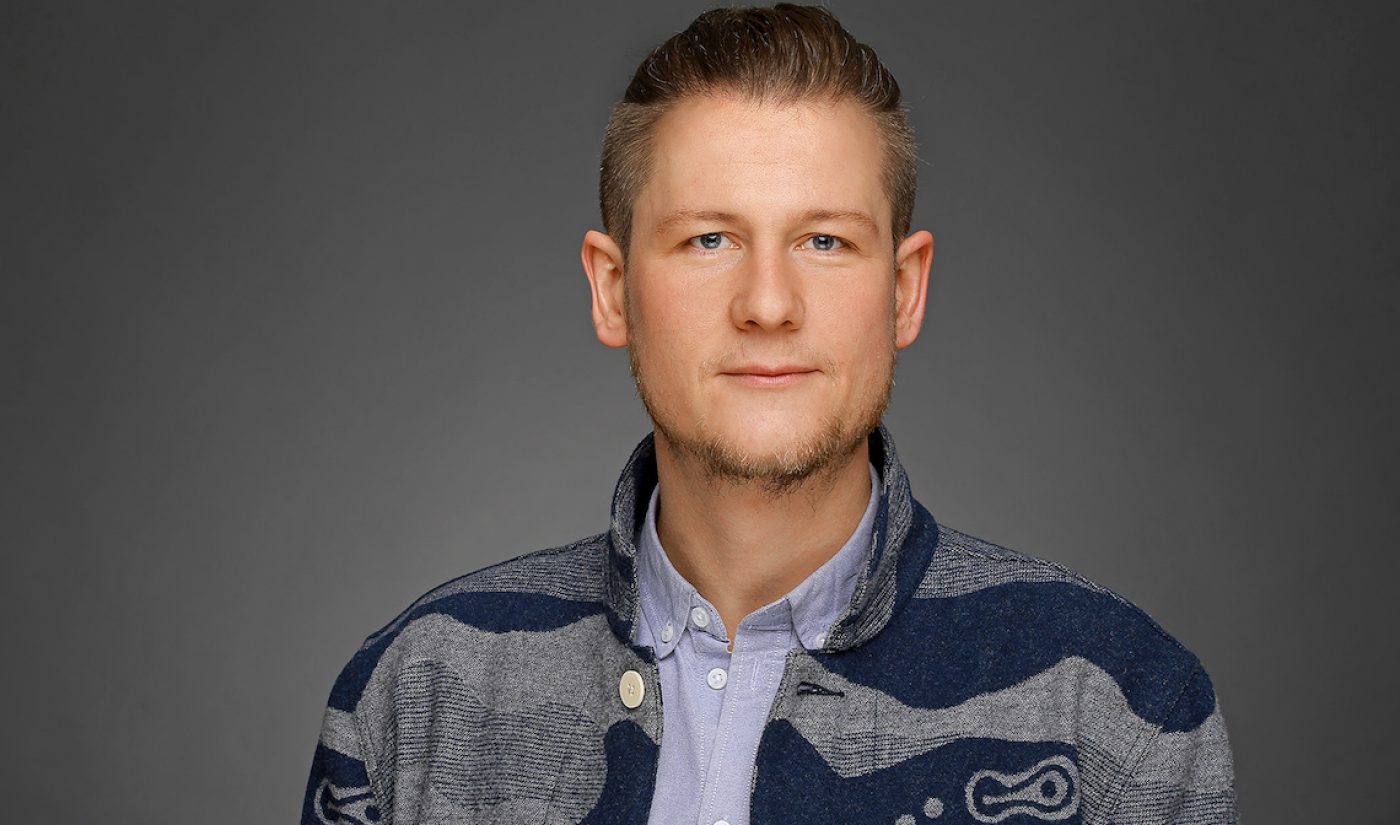Today is my last day of work as Chief Creative Officer at Divimove, a Berlin-based digital native media company that runs a YouTube network with more than 1.6 billion global monthly views, 150 million subscribers, and 300 million social media fans across its more than 1,300 channels.
After two years at YouTube and then my close to three years at Divimove, I’m leaving the company to pursue a long-held dream of mine to travel across Europe. But before I go, I wanted to share my top five thoughts and insights from those five years in online video, working with some of the most successful YouTube creators as well as the biggest European agencies and brands.
We are still only at the beginning of the online video revolution

Subscribe for daily Tubefilter Top Stories
YouTube has grown from a niche that nobody in the establishment had on their radar to the defining phenomenon of today’s media industry. We have reached a point where marketers happily pay five and six figures to be associated with the biggest YouTube stars. But the balance between the need to earn money with content while making sure the content stays relevant and genuine is a difficult challenge all brands, agencies, and influencers need to tackle together.
Today, most advertisers are still at the very beginning of exploring the possibilities of this (brave) new world. The same is true for established media players, like television stations and publishers.
Content quality will become a major topic for the next years
In the digital world, quality is often defined by popularity. This is very much how the YouTube algorithm works — propelling popular content to even greater success. Also, most advertisers seem to follow the logic that reach, and not content, is king. This has lead to low-production value phenomena like reaction videos, general clickbait, and overtly sexualized content. While it might be fair to say, “What is popular is good,” that rationale can start a downward spiral into poor programming.
Advertisers are starting to — and in my opinion rightly so — shift from a pure focus on reach to a focus on content quality and brand fit.
The industry must focus more on this topic of quality in order to to avoid producing entertainment geared towards the lowest common denominator. Sustainable growth for online video has to be centered around quality just as much as quantity for it to be able to succeed in a world increasingly dominated by content overload.
Most brands will not be the next Redbull
Over the last five years, I have worked with a lot of brands on a lot of projects – some more amazing than others. In my experience, a lot of brands are still driven by fear of change. That makes innovation very difficult.
The organizational structures of (most) big corporations tend to favor risk averse strategies for decision making – even in marketing. Very often conversations start off from a bold and genuine wish to do something new, risky and potentially innovative, but through iterations of internal feedback loops and policies you end up with a solution based on risk aversion and compromise – two of the biggest killers of innovation. I strongly believe that only the brands that can overcome this inherent systemic fear will be successful in this new entertainment paradigm where the rules of marketing and consumption have drastically changed. If you as a brand want to compete on content with the world’s TV stations, publishers, and digital influencers then compromise just won’t do. You need to be bold and ready to take some risks if you want to cut through the noise.
But you also need to realize you’re not going to be Redbull. The statement “We want to be the next Redbull!” is uttered by brands a lot more frequently than you might think.
Most people still misunderstand what is the core of Redbull’s success – they think it is about visually stunning extreme sport videos. And while that is obviously part of the allure, the core is Redbull has always seen itself as an enabler. They have supported niche sports as well as emerging athletes very early in their careers. They have not jumped on already established stars to carry their message, but have “homegrown” their brand ambassadors. In one related example, Redbull spent four years in Formula 1 racing with very disappointing results, only to then come in first or second place for six consecutive years. Most brands would have stopped after a couple years of no results.
Europe is lacking entrepreneurial spirit
In the US, when a creator on YouTube, Snapchat, or any other platform reaches a certain level of fame and influence, the entrepreneurial reflex kicks in and they start hiring people, expanding and developing a media empire. One amazing example for this is Michelle Phan.
In Europe, my experience is that when most creators reach a certain level of fame — and especially monthly revenue — they grow more and more complacent and stop developing their vision. They leave the business thinking to MCNs and other industry players. For example, Y-titty, one of the early huge German YouTube successes who recently ended their YouTube careers leaving behind a channel with more than 3 million subscribers.
There are exceptions of course, like Marie Meimberg and Daaruum, with her Ellevant project, but the general tendency has struck me again and again. I hope that the the traditional media industry, the digital native media industry and all the amazing and talented European creators will work together to keep pushing boundaries and “Stay hungry. Stay foolish.”
This time the established players saw it coming, but…
The music industry totally missed the train when it came to digitalization and had to pay for it. So, when online video came around, the established players knew that this newfangled medium was not just going to go away. Many big players made early and big bets on the new digital native entertainment businesses.
The next step will be to figure out how to shape the future of content, media, and advertising by taking the good stuff from traditional media and the good stuff from digital native media and bring it together.
To do this it is important to stay flexible and agile and not replicate the bureaucratic organizational structures of the traditional media industry. The digital media space is changing and evolving so quickly that new media can easily become an old hat if you spend to much time thinking instead of doing. On the other hand it is important that creators of content in the digital space can live off their content and talent and can be picky when it comes to brand cooperations – here the new media space can learn from the traditional media and start valuing quality and talent next to reach and influence. If both worlds meet with open minds combining the best of both worlds i strongly believe that we can get better media content, better advertising and more value for audiences.
Over and out
I am looking forward to spending some time away from it all and gaining some perspective – and then I am looking very much forward to coming back and figuring out how I can do my little part for making sure the industry can live up to the ideals outlined in this article. Until then, if you have any comments or thoughts, I’d love to hear them.
 Hannes Jakobsen has headed up the creative department at Divimove for the past two-and-a-half years. In that capacity, he has lead the branded content efforts across continental Europe. Before his years at Divimove Hannes worked at YouTube in Dublin and London, as well as the Danish Producers Association in Copenhagen. You can find out more about Hannes and see what he’s up to at his website hamojak.com.
Hannes Jakobsen has headed up the creative department at Divimove for the past two-and-a-half years. In that capacity, he has lead the branded content efforts across continental Europe. Before his years at Divimove Hannes worked at YouTube in Dublin and London, as well as the Danish Producers Association in Copenhagen. You can find out more about Hannes and see what he’s up to at his website hamojak.com.








